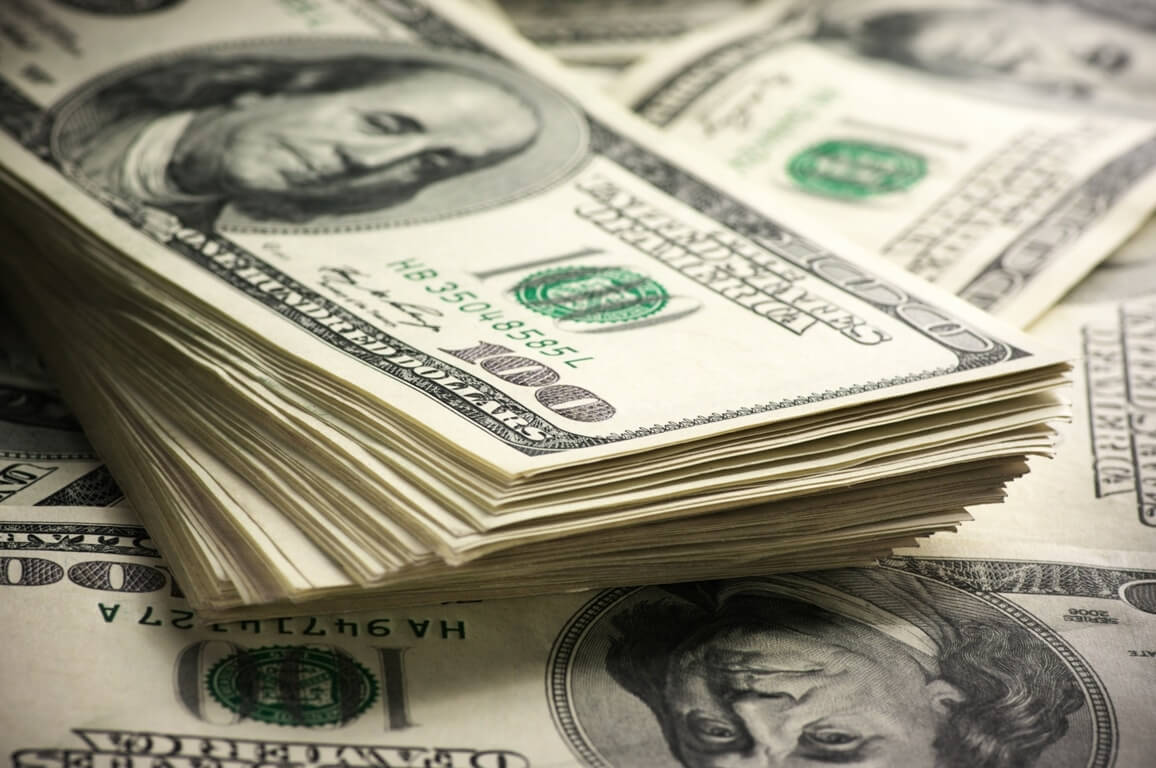
Dollar Exchange: A Pause in the Rally as Markets Brace
The dollar exchange rate has been a hot topic in financial markets, with the dollar rallying for 12 consecutive weeks, reaching an 11-month high of 107.34 on the dollar index. However, recent events have temporarily paused the dollar’s rally. In this article, we will delve into the factors affecting the dollar exchange rate, including the influence of US nonfarm payroll data and the broader economic landscape.
Is It a Good Time to Buy Dolar? Recent Performance
The dollar index has been on a remarkable winning streak, recently settling at 106.37. The Federal Reserve’s hawkish stance on interest rates has heavily influenced the market sentiment. This has contributed to the greenback’s surge. The resilience has kept traders on their toes as they eagerly awaited the US nonfarm payrolls data for potential market-moving catalysts.
Rodrigo Catril, the senior FX strategist at National Australia Bank, emphasised the significance of this data release, stating, “We’ve got to be mindful that at the moment, US Treasury yields and the dollar, in particular, have been very reactive to positive data releases coming from the US, and therefore there’s potential for fireworks tonight.”
Market Volatility and Bond Yields
The financial markets have experienced a whirlwind of volatility, not only in the currency market but also in US Treasury bonds. The 30-year US Treasury yield, after spiking above 5% for the first time since 2007 earlier in the week, last stood at 4.9%. It’s important to note that bond yields move inversely to prices, making these fluctuations significant for investors.
The benchmark 10-year Treasury yield, which plays a crucial role in shaping market sentiment, last settled at 4.7269%. Meanwhile, the two-year yield stood at 5.0267%, reflecting the overall uncertainty in the financial landscape.
The Yen’s Reprieve
Amid the dollar’s recent buy strength, the yen experienced a sudden but brief spike, reaching 147.30 per dollar. This move led to speculation that Japanese authorities might have intervened in the currency market to support the yen. However, data from the Bank of Japan suggests otherwise.
Vishnu Varathan, head of economics and strategy at Mizuho Bank, commented, “Whether the BOJ and/or Ministry of Finance will intervene at distinct levels… will continue to be a tease, contingent on broader currency markets and momentum.” This uncertainty underscores the delicate balance in currency markets.

Euro and Sterling Struggles
The euro has faced its own set of challenges. It slipped 0.03% to $1.0546, extending its losses for the 12th consecutive week. Similarly, sterling edged 0.03% lower to $1.2188, struggling against the dominant dollar. Thierry Wizman, Macquarie’s global FX and interest rates strategist noted, “The backdrop remains one in which the Fed is sticking its hawkish neck out much further than the European Central Bank, Bank of England, Reserve Bank of Australia (and the) BOJ.”
Moving to the Southern Hemisphere, the Australian dollar buy value fell 0.05% to $0.6367. At the same time, the New Zealand dollar gained 0.11% to $0.59695. Both currencies faced downward pressure earlier in the week due to their respective central bank decisions. The Reserve Bank of Australia held interest rates steady for a fourth month, while the Reserve Bank of New Zealand followed suit. However, the messaging from both banks came in less hawkish than expected.
The Australian dollar was eyeing a weekly drop of more than 1%, while the kiwi was headed for a more than 0.5% fall. The dominance of the dollar in the currency market has left these antipodean currencies struggling to maintain their positions.
Dollar’s Unprecedented Surge and Market Caution
In the world of finance, the dollar has been making headlines as it paused its relentless rally. After hitting an impressive 11-month high earlier in the week, the dollar index eventually settled at 106.37. However, it remained on course for an astounding 12 consecutive weeks of gains. This remarkable streak has been propelled by a series of robust US economic data, reinforcing the Federal Reserve’s hawkish stance on higher interest rates and consequently causing the greenback and US Treasury yields to surge.
As the markets braced for the eagerly awaited US nonfarm payrolls data, traders seemed cautious, keeping their positions relatively conservative. Rodrigo Catril, senior strategist at National Australia Bank, aptly described the sentiment as taking stock ahead of a potentially pivotal data release. Meanwhile, other major currencies like the euro and sterling have faced challenges in the face of the dominant dollar, with both currencies experiencing weeks of losses. The Fed’s hawkish stance, in contrast to other central banks’ policies, has disadvantaged these currencies.




